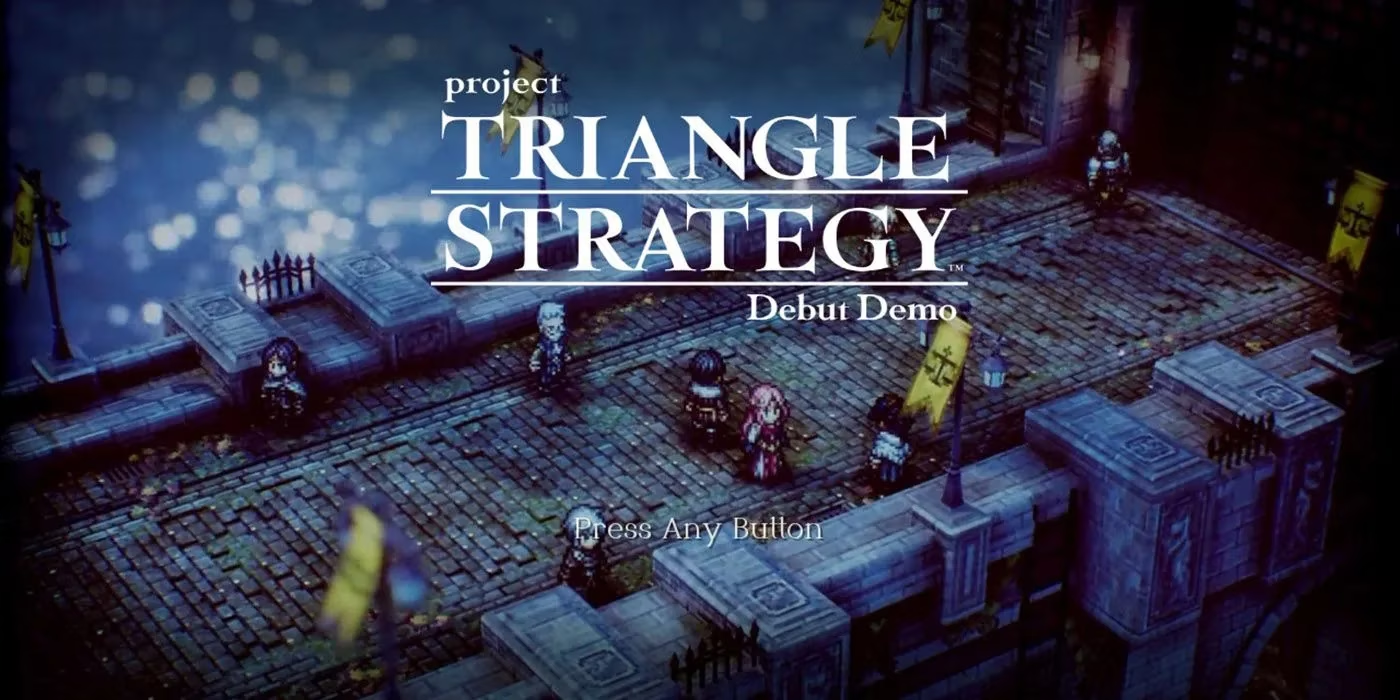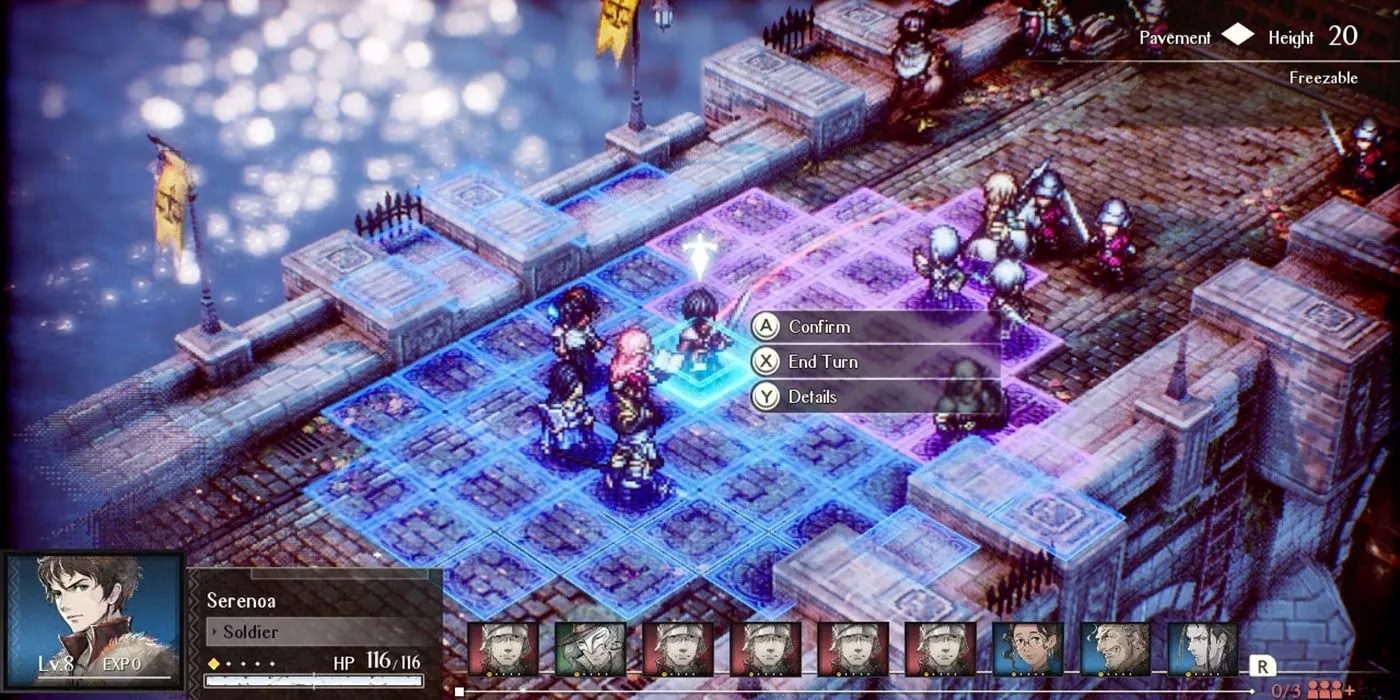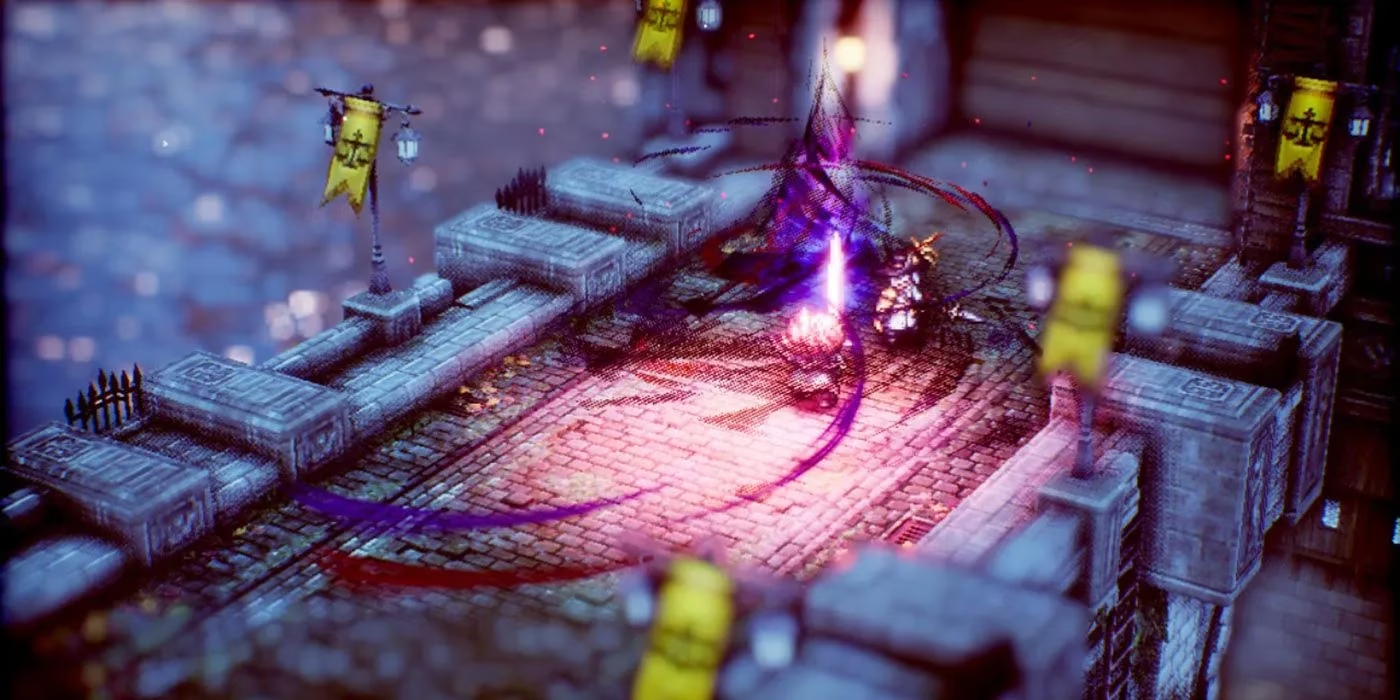The continent of Norzelia stands as a powder keg waiting for ignition, where three nations – Glenbrook, Aesfrost, and Hyzante – cling to a peace as fragile as thin ice. Players stepping into this world immediately feel the weight of political tension, where control over vital resources fuels ancient rivalries and every diplomatic gesture could unravel into chaos. This immersive tension, amplified by the game's stunning HD-2D visual style, creates an atmosphere where players sense impending doom lurking behind every dialogue choice and battlefield maneuver. The Saltiron War may have ended, but its scars linger visibly across the landscapes and in the wary eyes of characters, making exploration feel like navigating a minefield of unresolved grudges. One can't help but marvel at how effectively the game wraps players in this cloak of unease from the very first moments.

Visual Poetry in HD-2D
Square Enix's signature HD-2D artistry transforms Norzelia into a living diorama, where pixelated characters move through environments bursting with painterly depth and lighting effects. The isometric perspective creates tactical playgrounds that feel simultaneously nostalgic and revolutionary, with each location – from Whiteholm Castle's regal halls to House Wolffort's rustic domains – telling visual stories about the region's fractured politics. There's something magical about watching spell effects ripple across frozen lakes or sunlight filter through castle windows, creating moments where players might pause just to absorb the atmosphere. This artistic approach doesn't just mimic Octopath Traveler's success; it evolves it into something uniquely suited for a war-torn political landscape.
Tactical Depth Rooted in Tradition
Combat immediately feels like a warm embrace for Final Fantasy Tactics veterans, yet introduces clever innovations:
-
Terrain Matters: Elevation advantages and environmental manipulation (like freezing ground to reduce enemy mobility by 30%) create dynamic battlefields
-
TP System: Replacing traditional MP, this gradually-building resource allows devastating special attacks when strategically pooled
-
Turn Transparency: Visible initiative order at screen's bottom enables precise tactical forecasting

The sheer satisfaction comes from orchestrating multi-character combos – positioning archers on cliffs while baiting enemies onto icy patches feels like conducting a lethal symphony. When special attacks trigger that dramatic camera zoom, reminiscent of FFT's iconic moments, players experience genuine combat euphoria. Yet beneath these familiar systems lies fresh tension; limited movement grids force agonizing decisions about positioning, where one misstep could collapse an entire strategy.
Conviction: The Weight of Choices
Where Triangle Strategy truly innovates is its Scales of Conviction system, which transforms moral dilemmas into visceral group decisions. During pivotal moments like Chapter 7's crisis, players must:
-
Gather intelligence through exploration segments
-
Identify party members' voting leanings
-
Present evidence to sway opinions
-
Accept majority verdict regardless of personal preference

The brilliance lies in how this mirrors real-world leadership struggles; convincing stubborn allies often requires discovering their hidden motivations through environmental clues or optional dialogues. Players frequently report lingering doubts hours after making choices, wondering if presenting different evidence could have altered outcomes. This system creates haunting replay value – knowing alternate narrative branches exist but remain tantalizingly inaccessible in a single playthrough.
Character Development & Kudos Progression
Though lacking FFT's job-changing freedom, characters grow through:
| System | Function | Emotional Impact |
|---|---|---|
| Kudos Points | Unlock abilities via battle actions | Creates attachment to specialized roles |
| Conviction Values | Influence recruitable allies | Makes morality feel tangible and consequential |
Protagonist Serenoa's journey particularly resonates; his evolution from idealistic noble to burdened leader unfolds through dialogue choices where players must balance virtues, liberty, and pragmatism. Supporting characters like the conflicted mage Corentin or stalwart knight Roland develop surprising depth through optional campfire conversations that reveal personal stakes in Norzelia's wars.

Legacy and Lasting Impact
Looking back from 2025, Triangle Strategy's influence manifests in how it honored its tactical RPG heritage while forging new paths. Tomoya Asano (Bravely Default, Octopath Traveler) and composer Akira Senju (Fullmetal Alchemist: Brotherhood) created something that feels simultaneously nostalgic and groundbreaking. The game proved that political storytelling could thrive without grimdark aesthetics, using color and light to underscore narrative tension rather than drown it in bleakness. Its crowning achievement remains how it transformed player agency from illusion into tangible consequence – where votes in the Scales of Conviction genuinely reshaped relationships and story trajectories in ways few games dared attempt.
The tactical RPG renaissance sparked by Triangle Strategy continues to unfold, with its DNA visible in numerous successors. Yet what players remember most vividly aren't the flawless mechanics, but those breathless moments before casting a decisive vote – the weight of virtual lives hanging in the balance, the haunting question of whether compromise meant wisdom or betrayal, and the thrilling uncertainty that maybe, just maybe, the next playthrough would reveal paths unseen.